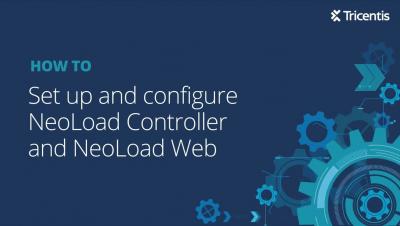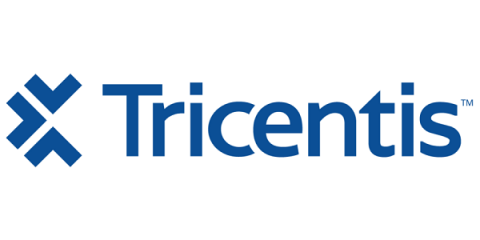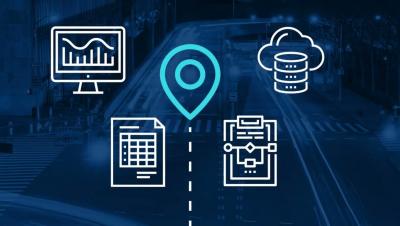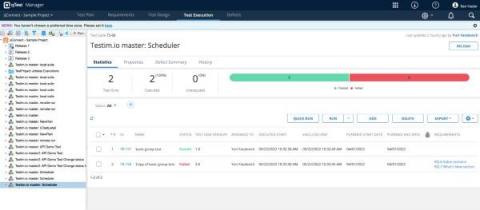Systems | Development | Analytics | API | Testing
Tricentis
Tricentis Survey Reveals Majority of Organizations Recognize Value in AI-Augmented DevOps
Will AI power the next wave of testing transformation? Here's what 2,600 DevOps professionals had to say
Year after year, DevOps industry reports and practitioners in the field point to testing as the biggest bottleneck in the software development lifecycle. Take GitLab’s 2021 Global DevSecOps Survey – for the third year in a row, the majority of respondents pointed to testing as the biggest cause of delays. That’s a lot of finger-pointing. If we had to guess, testers are tired of it.
Unlocking the value of tester-developer collaboration
In the era of digital transformation, misalignment between the business leaders steering the overall strategy and the technical experts who build, implement, and maintain solutions is one of the top blockers to a successful sea change. These groups need to be able to collaborate to define what each solution requires and the why behind it.
Your 2-minute intro to Tricentis Data Integrity
Tosca Server HTTPS setup v15.0 and Above
Tricentis Tosca Data Integrity in a Nutshell
Testim and qTest integration for broader visibility into your web application's quality
In February of 2022, Tricentis acquired Testim, an AI-powered SaaS-based test automation platform for UI testing of cloud-native and web applications. Upon joining the Tricentis product family, one of the key goals was to create valuable integrations between Testim and other Tricentis products.
Vanity metrics vs. business impact metrics in software testing - what are you tracking?
“Those who succeed don’t sit around making to-do lists – they create actionable plans with clearly defined outcomes and conquer them. When you know what you want, why you want it, and understand how to make your goal a reality, you’ll become a master of time management and take control of the situation.” – Tony Robbins, Inspirational Speaker Beginning an article on software testing with a quote from Tony Robbins might seem bizarre.
Moving beyond the document in computer systems validation
Over the years, we have seen a steady increase in companies moving away from paper-based validation to electronic-based approaches after the FDA introduced 21 CFR Part 11, which addresses the use and control of electronic signatures and electronic records. When utilized correctly, 21 CFR Part 11 opens the door to numerous potential process and solution improvements in computer systems validation, yet many teams have failed to take full advantage of these improvements.







